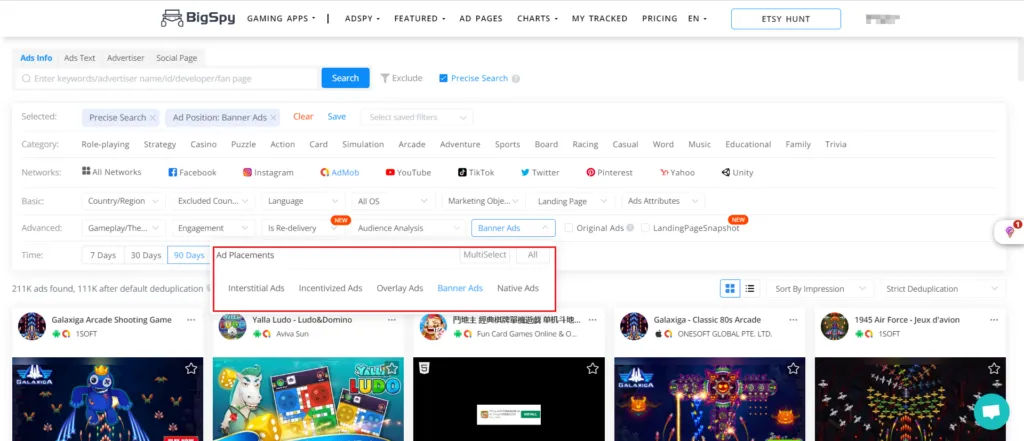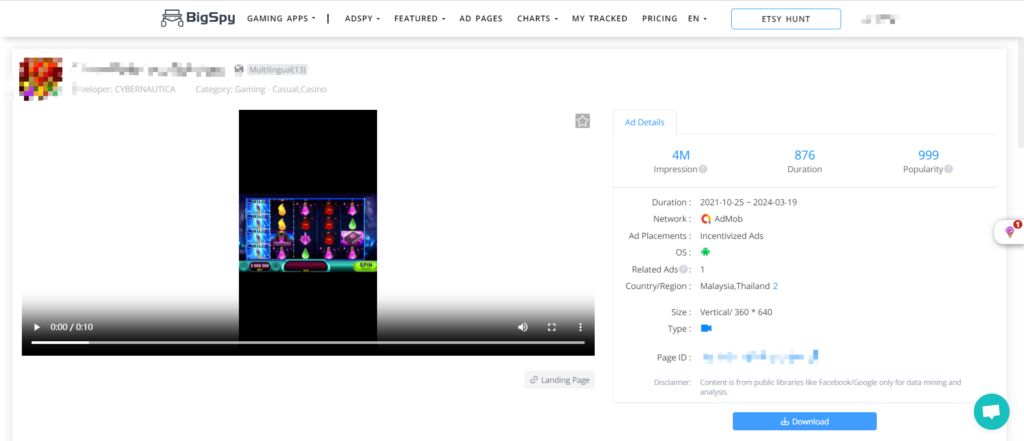Google AdMob Ads Mastery: A Strategic Guide to Dominating the Mobile Game Market
In the fiercely competitive world of mobile gaming, especially in the international market, effective promotion is paramount. Advertising, or user acquisition, plays a pivotal role in promoting your mobile game globally. This article is a comprehensive guide on how to leverage Google AdMob ads for international user acquisition in the mobile gaming industry, assisting optimization specialists in their user acquisition efforts.
Understanding the Mobile Game Market:
The mobile game market is a thriving ecosystem characterized by rapid innovation, evolving player preferences, and intense competition. With millions of games vying for attention in app stores, developers face the challenge of standing out amidst the crowd and capturing the attention of their target audience.
The Role of Google AdMob Ads:
Google AdMob serves as a beacon of opportunity for developers seeking to amplify their presence in the mobile game market. By harnessing the power of AdMob ads, developers can strategically promote their games to a global audience, driving installs, engagement, and ultimately, revenue.
What is the Google AdMob Advertising Platform?
Google AdMob serves as one of the largest global ad networks, allowing advertisers from around the world to compete for ad space when your app sends out ad requests. Specifically tailored for mobile apps and games, AdMob offers various ad formats, including banners, interstitials, rewarded ads, incentivized ads, and native ads, catering to different game types.
Ad Formats Available on Google AdMob:
Google AdMob offers a diverse range of ad formats to cater to different user experiences:

Interstitial Ads
Interstitial Ads in Google AdMob are dynamic and engaging full-screen advertisements strategically placed at natural transition points within mobile apps. These ads seamlessly integrate into the app's interface, appearing between different content or gameplay screens to capture users' attention effectively. Leveraging rich media elements such as images, videos, or interactive features, interstitial ads deliver compelling advertising messages that resonate with users. By occupying the entire screen space, these ads maximize visibility and engagement, making them an invaluable tool for advertisers looking to drive conversions and app developers seeking to monetize their apps. With Google AdMob's sophisticated targeting and optimization capabilities, interstitial ads offer a seamless and non-disruptive user experience while delivering value to both advertisers and app publishers.

Incentivized Ads
In Google AdMob, incentivized ads offer users rewards, such as in-app currency or bonuses, for engaging with advertisements. These ads provide a mutually beneficial experience where users gain valuable incentives while advertisers access a highly engaged audience. Developers can integrate incentivized ads seamlessly into their apps, driving user engagement and retention. With AdMob's precise targeting and optimization features, developers can tailor incentivized ads to specific user segments, maximizing their effectiveness.

Overlay Ads
Overlay ads in Google AdMob are a form of full-screen advertisements displayed at strategic transition points within mobile apps, such as between game levels or during app navigation. These ads overlay the app's content, providing advertisers with a prominent platform to showcase their products or services.

Banner Ads
Banner ads in Google AdMob are small rectangular advertisements that typically appear at the top or bottom of mobile app screens. These ads offer a non-intrusive way for advertisers to promote their products or services while users navigate through the app. Despite their compact size, banner ads can still effectively capture user attention.

Native Ads:
Native ads in Google AdMob seamlessly blend with the visual design and user experience of mobile apps, appearing as natural content rather than traditional advertisements. These ads are less disruptive, enhancing user engagement and retention. AdMob's native ads offer advertisers a subtle yet effective way to reach their target audience.

Tips for Maximizing Admob Ad Revenue:
Strategic Ad Placement:
Experiment with different ad placements within your app to find the optimal balance between user experience and revenue generation. Place ads where they're visible but not intrusive, such as during natural breaks in gameplay or between content sections.
Ad Targeting:
Take advantage of AdMob's targeting options to deliver personalized ads to your users. By serving ads that align with users' interests and demographics, you can increase engagement and ad revenue.
Optimize Ad Performance:
Monitor the performance of your ads regularly and make adjustments as needed. Use AdMob's reporting tools to track metrics like click-through rate (CTR), fill rate, and revenue per impression (RPM). Analyze this data to identify trends and optimize your ad strategy accordingly.
Experiment with Ad Formats:
Test different ad formats to see which ones perform best in your app. For example, if you have a gaming app, you might find that rewarded ads generate higher engagement and revenue than traditional interstitials.
A/B Testing:
Conduct A/B tests to compare the performance of different ad configurations. Test variables such as ad placement, ad frequency, and ad format to identify the most effective combination for maximizing revenue.
In conclusion, Google AdMob presents immense potential as an advertising platform in the international mobile gaming market. However, success requires continuous optimization and improvement, coupled with close attention to market trends and user feedback.













